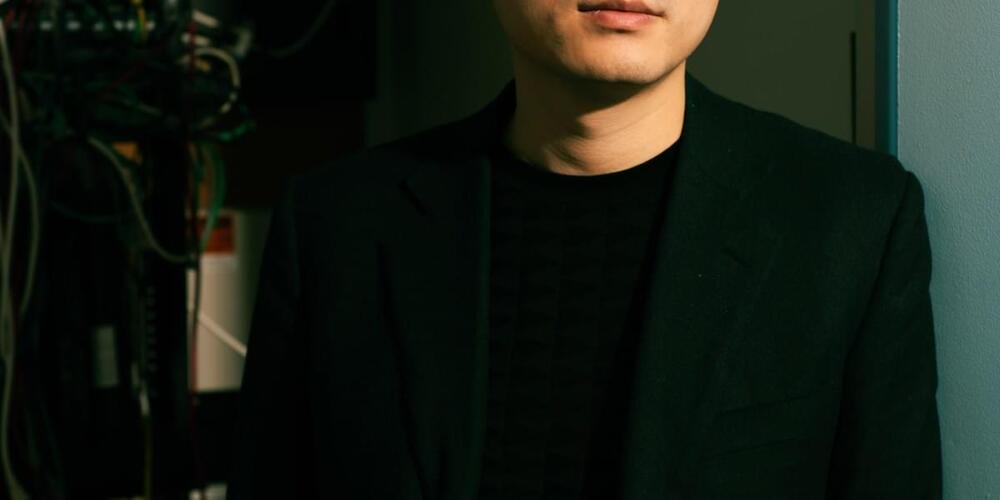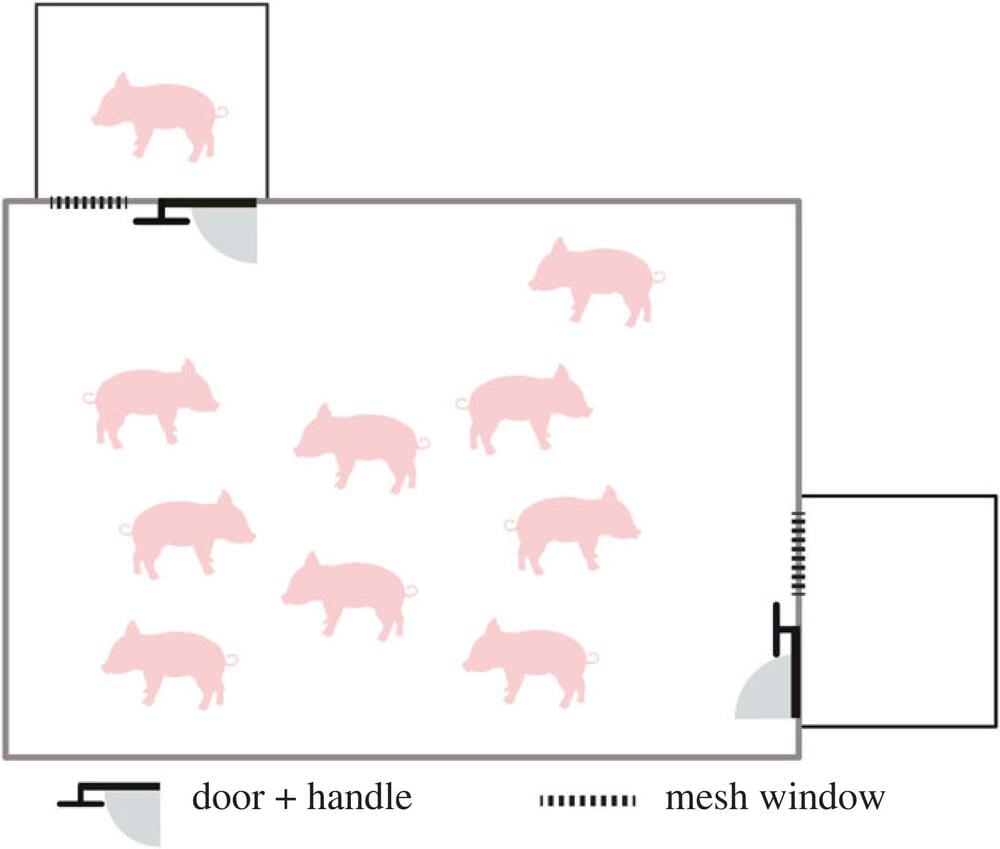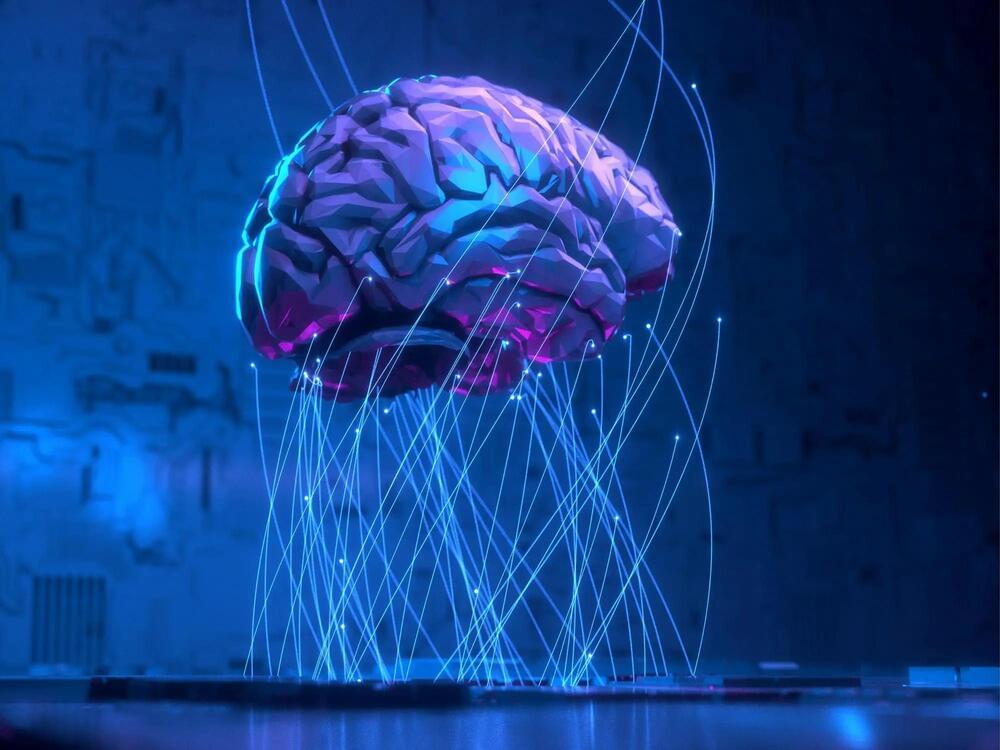Programming errors on the blockchain can mean $100 million lost in the blink of an eye. Ronghui Gu and his company CertiK are trying to help.



Pigs are generally considered to have high intelligence, and new research shows that they may also be empathic to other members of their social groups, helping them during instances of need. But is this behavior truly unselfish, or is it driven by goal-specific motivations?
To investigate, researchers from the Research Institute for Farm Animal Biology in Germany and Austria’s University of Veterinary Medicine Institute of Animal Welfare Science have studied helping behavior among social groups of domestic pigs. Their work, titled “Spontaneous helping in pigs is mediated by helper’s social attention and distress signals of individuals in need,” is published in Proceedings of the Royal Society B.
In the wild, animals will often help members of their social groups in times of distress, defending them against predators or releasing them from traps, snares, or other types of confinement. There is no general consensus over whether such helping behavior is truly empathic, or whether it might be driven by a more selfish motivation.
Click image for animation of DBS for post-stroke rehabilitation
A first-in-human trial of deep brain stimulation (DBS) for post-stroke rehabilitation patients by Cleveland Clinic researchers has shown that using DBS to target the dentate nucleus – which regulates fine-control of voluntary movements, cognition, language, and sensory functions in the brain – is safe and feasible.
The EDEN trial (Electrical Stimulation of the Dentate Nucleus for Upper Extremity Hemiparesis Due to Ischemic Stroke) also shows that the majority of participants (nine out of 12) demonstrated improvements in both motor impairment and function. Importantly, the study found that participants with at least minimal preservation of distal motor function at enrollment showed gains that almost tripled their initial scores.

New work led by researchers at the University of Exeter, King’s College London, the London School of Hygiene and Tropical Medicine and the University of Liverpool has found that women who had at least one contact with mental health services in the seven years prior to their pregnancy were at increased risk of preterm birth.
The study, “Obstetric and neonatal outcomes in pregnant women with and without a history of specialist mental health care: a national population-based cohort study using linked routinely collected data in England,” published in Lancet Psychiatry, analyzed data from more than two million pregnant women, and found that one in 10 women who had used mental health services before their pregnancy had a preterm birth, compared to one in 15 in those who had not.
Researchers also found that women who had used mental health services faced a higher risk of giving birth to a baby that was small for its gestational age, increasing from 65 per 1,000 births in women who had not used mental health services to 75 per 1,000 births in women who had.

New research suggests a new solar energy design, inspired by nature, may pave the way for future renewable energy technologies.
Photovoltaic solar energy is obtained by converting sunshine into electricity —and researchers from Imperial have developed a new leaf-like design with increased efficiency.
The new photovoltaic leaf (PV-leaf) technology uses low-cost materials and could inspire the next generation of renewable energy technologies.
A team of mechanical engineers from Chung-Ang University, Massachusetts General Hospital, LS Materials and Yonsei University has found that a hand-held cylinder containing crumpled aluminum foil balls is capable of producing enough electricity when shaken to light a small LED grid. In their paper published in the journal Advanced Science, the group describes other materials used in the cylinder and possible uses for such a device.
Prior research has shown that a wide variety of materials can be used to generate static electricity, and that some constructions can capture that electricity. Researchers have suggested such devices could be useful as the power needs of personal electronics decrease. In this new effort, the researchers have looked to aluminum foil as a material for generating static electricity and capturing it to power an external device.
The device the team built is shaped as a cylinder with a cap on the top and bottom—about the size of a Pringle’s can. The tube was made using an acrylic substrate covered with a polytetrafluoroethylene layer. The caps, which serve as electrodes, were made of aluminum. The team then crumpled three wads of aluminum foil into balls and placed them inside the tube.

A groundbreaking theoretical proof reveals that using a technique called overparametrization enhances performance in quantum machine learning.
Machine learning is a subset of artificial intelligence (AI) that deals with the development of algorithms and statistical models that enable computers to learn from data and make predictions or decisions without being explicitly programmed to do so. Machine learning is used to identify patterns in data, classify data into different categories, or make predictions about future events. It can be categorized into three main types of learning: supervised, unsupervised and reinforcement learning.



Part of the reason that these chips are becoming so much more efficient and getting so many more cores on a similar die size to the chips that have come before is the 3nm process. Apple is heavily invested in the new chip creation tech, having ordered almost the entirety of the first printing of the process, making sure that it has an advantage over the competition. The first device that we might see with a 3nm process chip is the iPhone 15 Pro, and then it’s likely that the M3 chips will follow.
Whatever happens with these new chips, it’s looking like it’s going to be an exciting time for Apple silicon and the latest Apple hardware to use it.